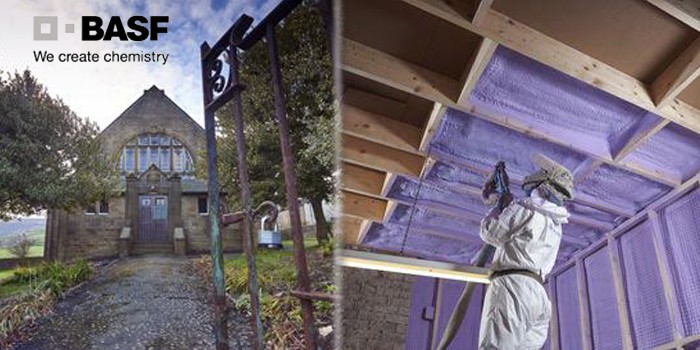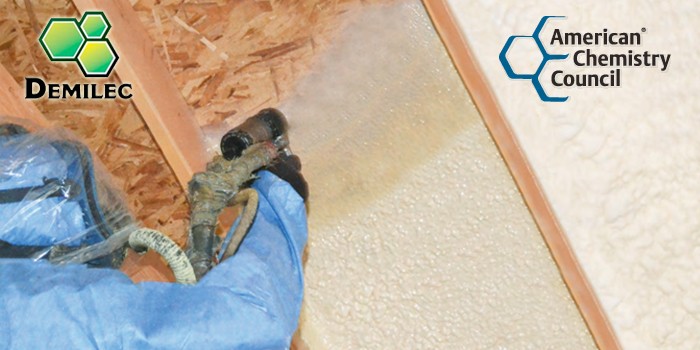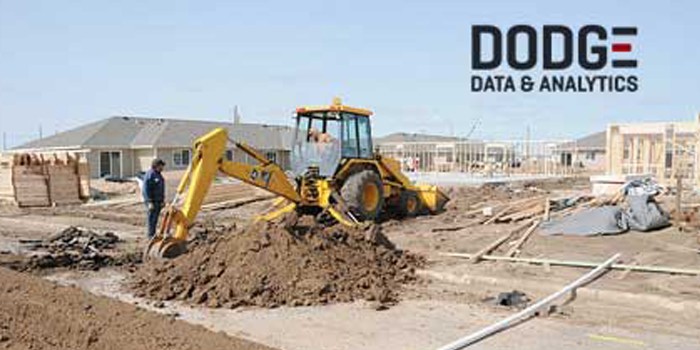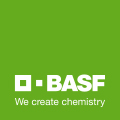U.S. Department of Energy Invests Big In Innovative Building Efficiency Technologies
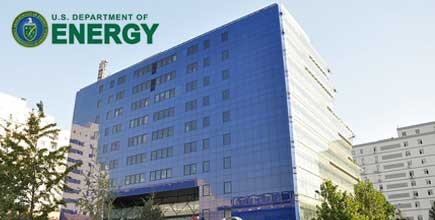
WASHINGTON, D.C. – July 24, 2014 – The Energy Department announced it will fund up to $14 million in 15 research and development projects to support technologies that will contribute to advancing early-stage, breakthrough energy-efficient solutions for buildings and homes. These projects will help building managers and homeowners reduce energy demand, save money, and accelerate the deployment of clean energy technologies.
Seven incubator projects will be funded with nearly $6 million to improve heating, ventilation, and air conditioning (HVAC); water heating, sensors, and controls; and building energy modeling. Additionally, eight frontier projects will receive $8 million to address energy efficiency in advanced clothes dryers, windows, and building thermal insulation. Frontier projects seek to improve the efficiency of existing technologies by incorporating new, innovative materials or components.
Cost-shared with a $3 million investment from industry, the projects are intended to dramatically reduce energy consumption in commercial and residential buildings. In 2013, this accounted for nearly 40% of all energy use in the U.S., an estimated cost of $413 billion.
"Investments in advanced energy-efficient technologies will help families and businesses reduce energy costs, while reducing carbon emissions," said Kathleen Hogan, deputy assistant secretary for Energy Efficiency. "These innovative approaches will improve smart-building technologies, including lighting, lighting controls, highly insulated walls and windows, as well as increase efficiency measures that complement a building's entire energy management system."
The incubator projects selected for funding are:
- University of Florida (Gainesville, Fla.), Oak Ridge National Laboratory, (Oak Ridge, Tenn.), and Stony Brook University (Stony Brook, N.Y.) – A gas-fired combined water heater, dehumidifier, and cooler that uses membrane-based absorption to cool and dehumidify an interior space, and uses water condensed during dehumidification to heat domestic hot water.
- ORNL with Sandia National Laboratories (SNL) (Livermore, Calif.) and University of Maryland (College Park, Md.) – A high-performance refrigerator that uses a novel rotating heat exchanger that allows for evaporation without the need for a defrost cycle.
- Lawrence Berkeley National Laboratory (LBNL) (Berkeley, California) with California Energy Commission (Sacramento, Calif.) – A hybrid energy modeling method that combines physics-based simulations with in-situ measured temperature data to create a more robust model for retrofit analysis.
- SNL (Livermore, Calif.) with Creative Thermal Solutions (Urbana, Ill.) – An ultra-efficient air conditioning and heating system based on an air-bearing rotary heat exchanger for building-scale HVAC systems.
- QM Power Inc. (Lee's Summit, Mo.) with United Technologies Research Center (East Hartford, Conn.) – A higher efficiency HVAC electric motor with a novel parallel magnetic circuit path that will lower the cost of the motor by reducing the size of the conductor loop and using less powerful magnets.
- Case Western Reserve University (Cleveland) with Intwine Connect LLC (Chagrin Falls, Ohio) – Transforming ordinary buildings into smart buildings by developing low-cost, user-installable building sensors that are powered without wires or batteries and instead harvest power from vibrational energy in the environment.
- ORNL with Richman Surrey LLC (Scottsdale, Ariz.) and University of Tennessee (Knoxville, Tenn.) – Improving energy efficiency in small and medium commercial buildings by non-intrusively monitoring load and equipment health of HVAC systems.
The frontier projects selected for funding are:
- ORNL with GE Appliances (Fairfield, Conn.) – Development of a prototype highly energy-efficient ultrasonic clothes dryer that uses ultrasound to remove moisture from a range of fabric types while producing low levels of lint.
- E Global Research (Niskayuna, N.Y.) – An advanced energy-efficient clothes dryer that uses infrared heating to add energy directly to the water molecules in the clothing and heat recovery from the condensed water.
- ORNL with Sheetak Inc. (Austin, Texas) – An energy-efficient ventless thermoelectric clothes dryer that uses low-cost, solid-state heat pumps that use temperature differences to generate electricity, rather than a resistive heating element or gas burner.
- Fraunhofer USA Center for Sustainable Energy Systems (Boston) with Georgia Institute of Technology (Atlanta), Atlas Roofing Corp. (Atlanta) – A biobased, inexpensive, noncorrosive, nonflammable foam insulation that incorporates better foaming agents and strong nanocellulose fibers to make this product more commercially-viable.
- Alcoa Inc. (Alcoa Center, Pa.) with Adhesive Systems Inc. (Frankfort, Illinois), DIAB Americas (DeSoto, Texas) & Ellsworth Adhesives (Germantown, Wis.) – An enhanced foam thermal insulation for commercial window systems that is placed between the inner and outer frames of the window to prevent temperature transfer through the frame and condensation on the inside frame. The final product would enable cost-neutral manufacturing of highly-insulating windows.
- PPG Industries Inc. (Cheswik, Pa.) with ORNL Manufacturing Demonstration Facility – This project seeks to improve highly insulating vacuum insulated glazings by lowering the manufacturing costs with a fabricate-on-demand process, improving edge sealing, pillar design and the evacuation process.
- ORNL with NanoPore Inc. (Albuquerque, N.M.) and Firestone Building Products Co. (Indianapolis) – A new type of foam board insulation which uses a modified atmosphere insulation panel sandwiched inside a foam board insulation.
- ORNL with VELUX Design and Development Company USA (Greenwood, S.C.) – A transparent window glaze that insulates without distorting or hazing the image, with applications to skylights and windows.
About DOE: The mission of the Energy Department is to ensure America's security and prosperity by addressing its energy, environmental and nuclear challenges through transformative science and technology solutions. For more information, please use the contact information and link provided below.
* Image courtesy of Hat600
Disqus website name not provided.





